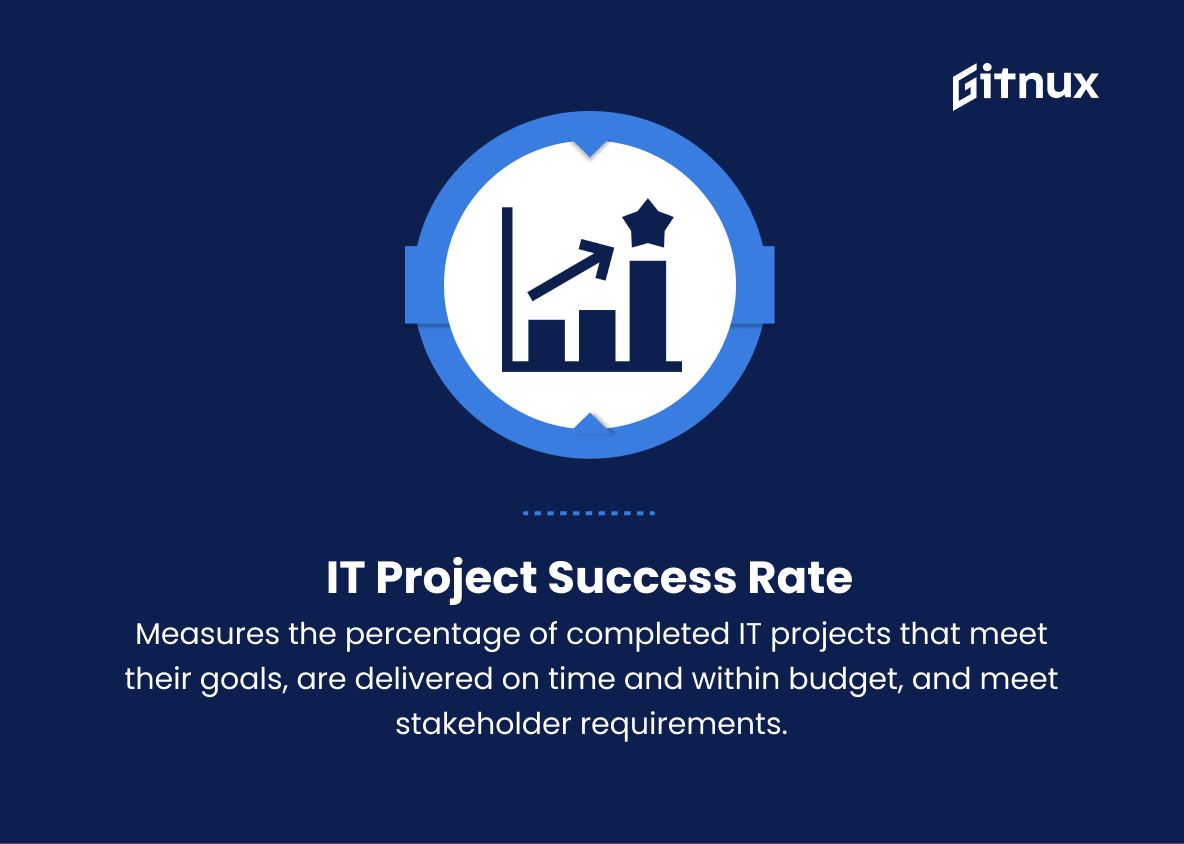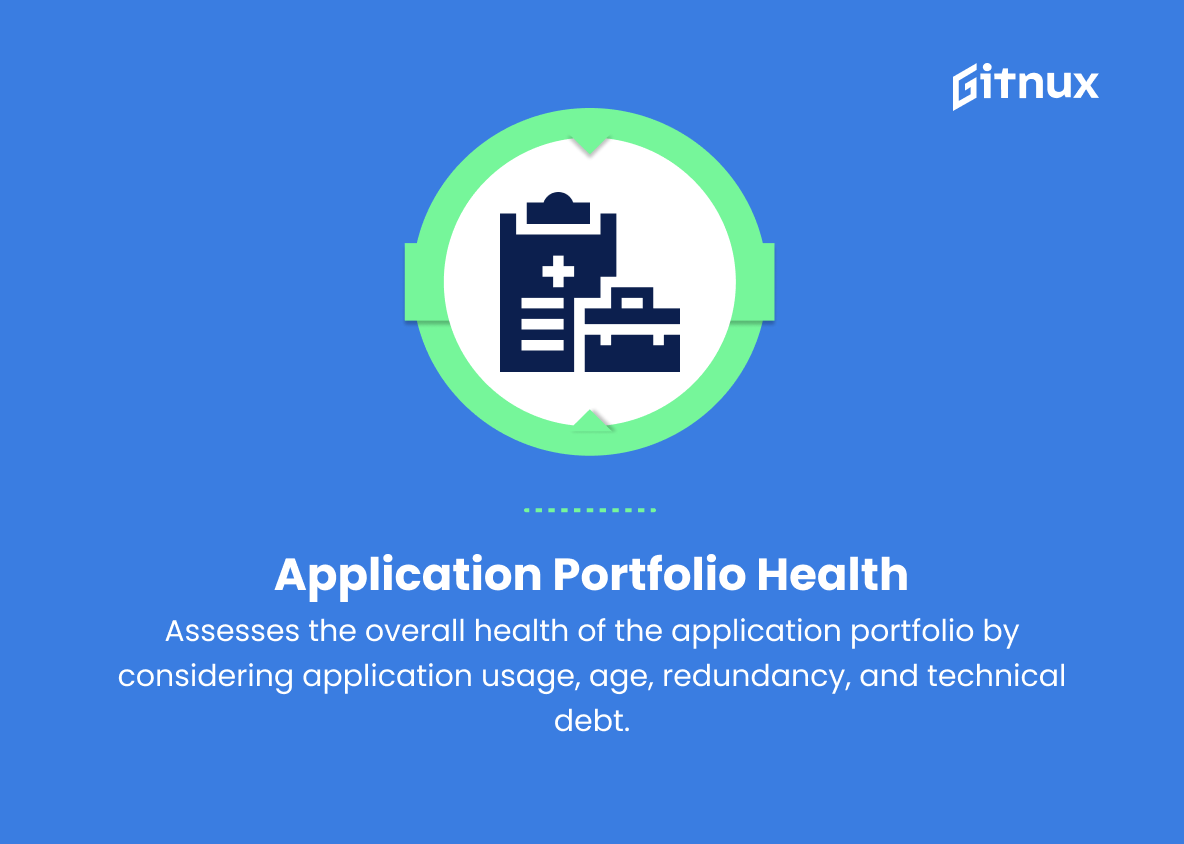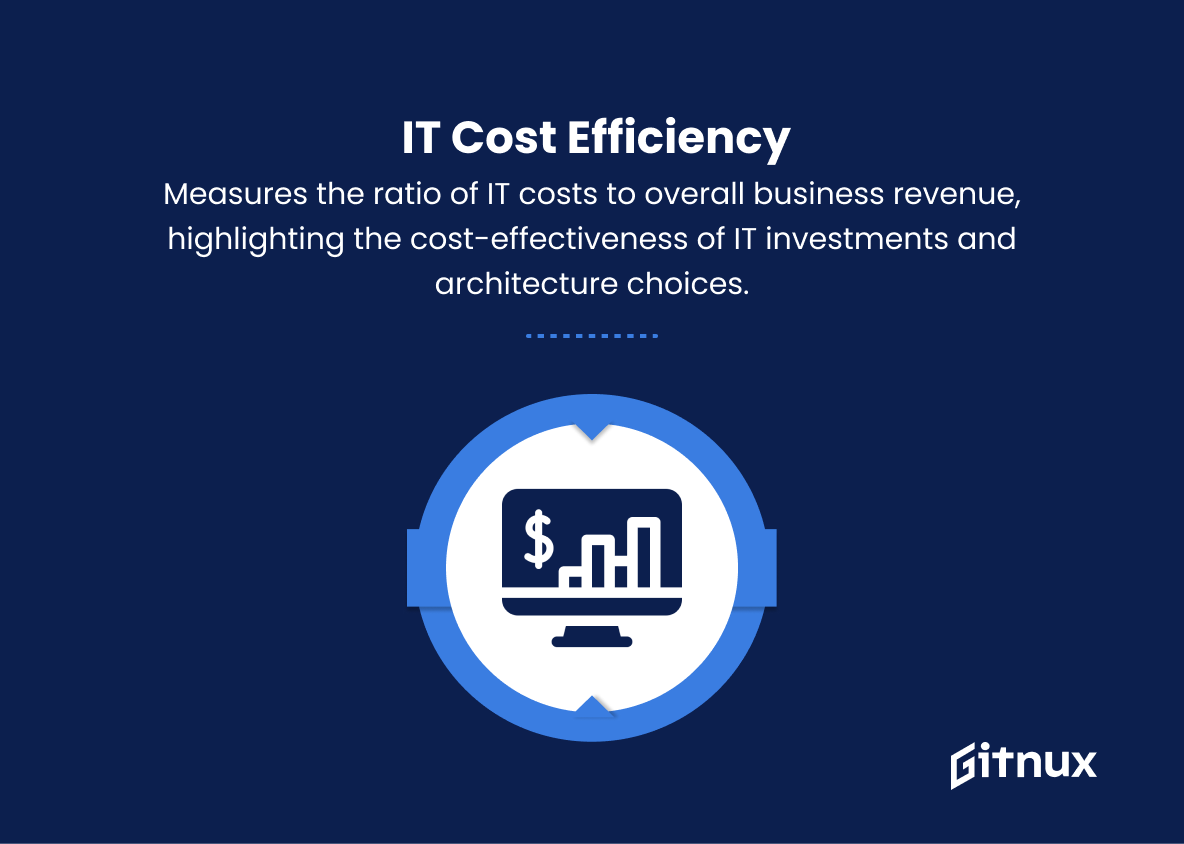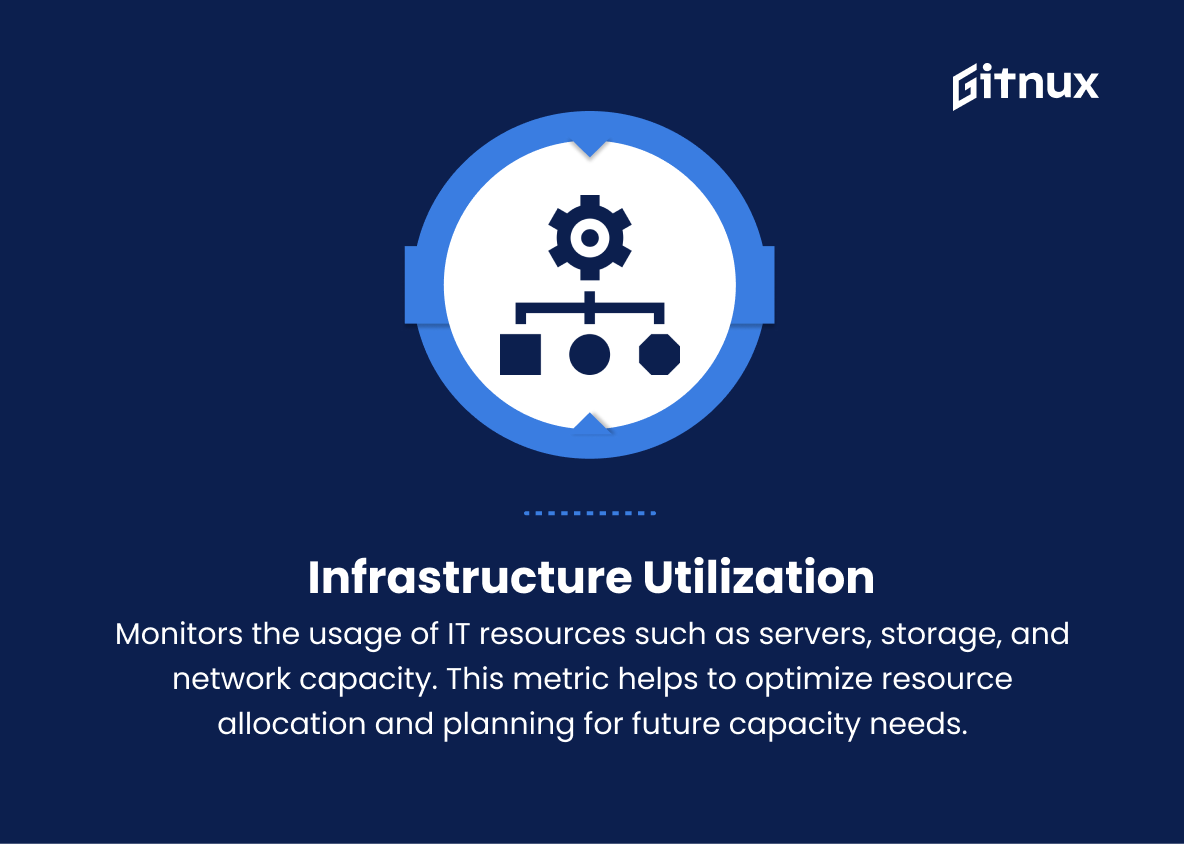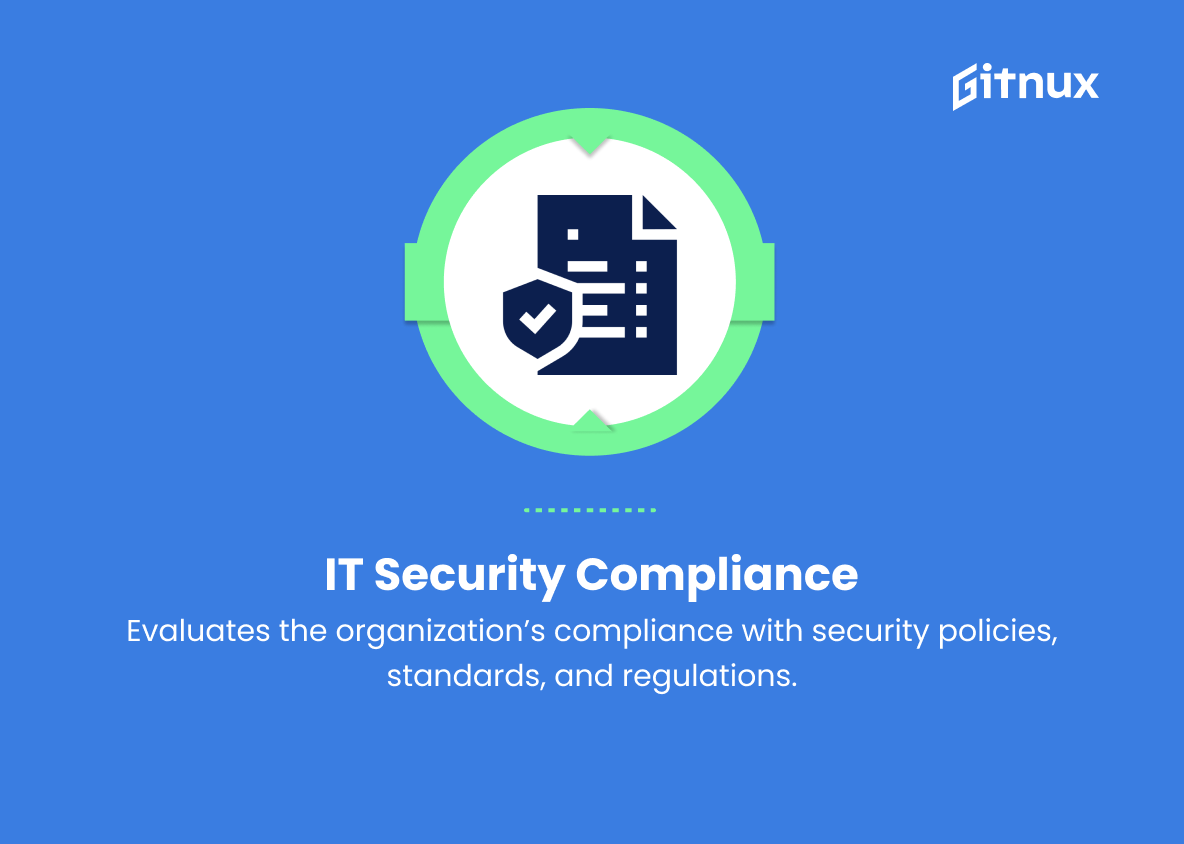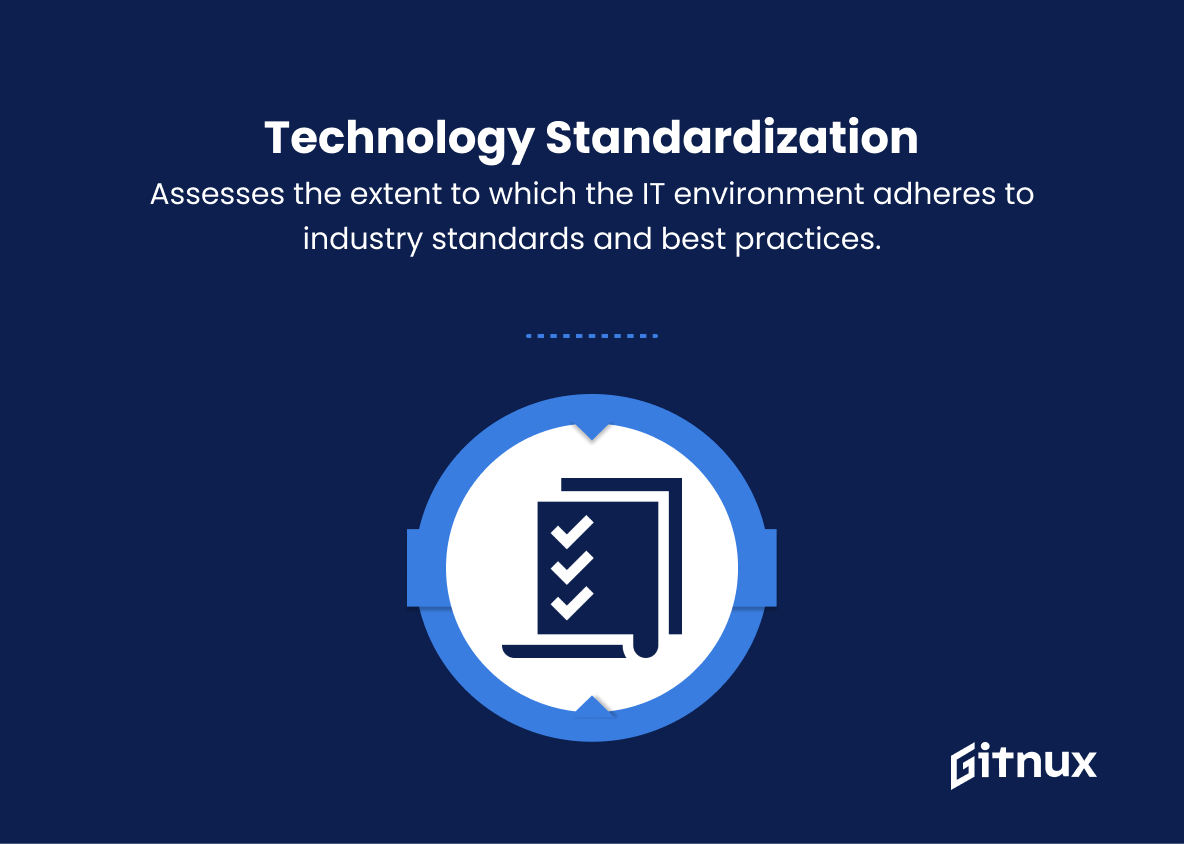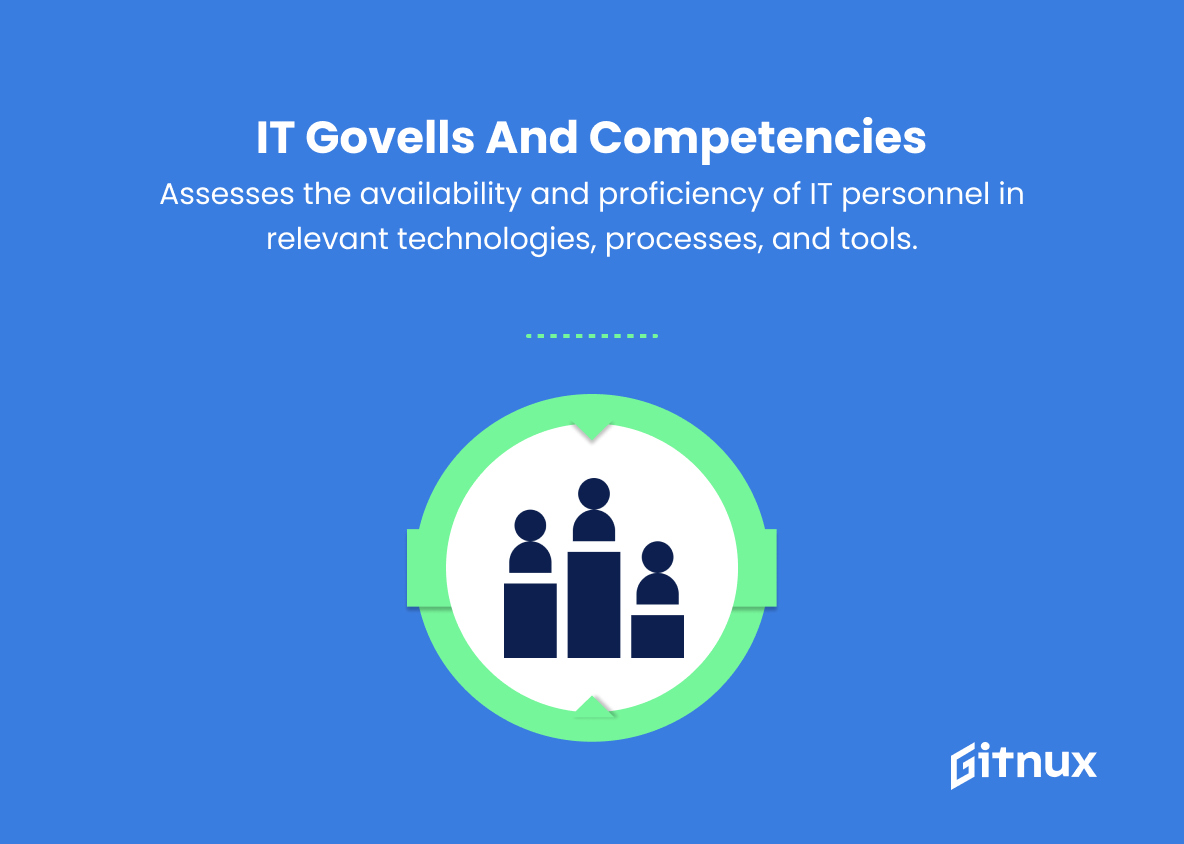In today’s fast-paced and rapidly evolving business landscape, organizations are continuously searching for avenues to optimize performance, streamline processes, and gain a competitive advantage. A crucial element in achieving these objectives is by establishing a robust, agile, and effective enterprise architecture. Beyond simply designing and implementing, assessing the success and impact of an enterprise architecture requires the utilization of targeted and relevant metrics.
In this in-depth blog post, we will explore the criticality of Enterprise Architecture Metrics, examine their role in guiding organizations towards successful transformation, and highlight the key indicators for evaluating and measuring the ongoing effectiveness of your strategic vision. Join us as we delve into the world of Enterprise Architecture Metrics and uncover invaluable insights that will empower your organization to excel in a complex and ever-changing world.
Enterprise Architecture Metrics You Should Know
1. IT Project Success Rate
Measures the percentage of completed IT projects that meet their goals, are delivered on time and within budget, and meet stakeholder requirements. This metric highlights the effectiveness of the EA in project management and governance.
2. Alignment with Business Strategy
Evaluates the extent to which IT initiatives and projects support and advance business goals and objectives. This metric shows the usefulness of the enterprise architecture in aligning IT efforts with the organization’s strategic priorities.
3. Application Portfolio Health
Assesses the overall health of the application portfolio by considering application usage, age, redundancy, and technical debt. This metric indicates the effectiveness of EA in maintaining and optimizing the application portfolio.
4. IT Cost Efficiency
Measures the ratio of IT costs to overall business revenue, highlighting the cost-effectiveness of IT investments and architecture choices.
5. IT Agility
Measures the amount of time it takes to implement new technology or change existing systems in response to changing business needs. This metric indicates the flexibility and adaptability of the organization’s IT infrastructure.
6. IT Complexity
Assesses the complexity of the IT landscape, based on factors such as the number of applications, interfaces, and data sources. This metric helps to evaluate the effectiveness of EA in simplifying and streamlining the IT environment.
7. Infrastructure Utilization
Monitors the usage of IT resources such as servers, storage, and network capacity. This metric helps to optimize resource allocation and planning for future capacity needs.
8. IT Service Availability
Measures the uptime and reliability of critical IT services, ensuring that systems perform as expected and are accessible to end-users.
9. IT Security Compliance
Evaluates the organization’s compliance with security policies, standards, and regulations. This metric shows the effectiveness of the EA in managing and mitigating security risks.
10. Technology Standardization
Assesses the extent to which the IT environment adheres to industry standards and best practices. This metric helps to promote interoperability, reduce complexity, and lower maintenance costs.
11. Data Quality
Measures the accuracy, consistency, and completeness of data across the organization. This metric highlights the effectiveness of EA in ensuring that decision-makers have access to reliable and trustworthy data.
12. IT Govells and Competencies
Assesses the availability and proficiency of IT personnel in relevant technologies, processes, and tools. This metric helps to plan for skills development and ensure that the organization can effectively manage its IT environment.
14. Collaboration and Integration
Measures the extent to which different IT systems and processes are integrated and able to share data effectively. This metric showcases the effectiveness of EA in fostering collaboration and seamless data exchange between different parts of the organization.
Enterprise Architecture Metrics Explained
Enterprise Architecture Metrics play an essential role in evaluating various aspects of an organization’s technology environment. IT Project Success Rate demonstrates the effectiveness of project management, while Alignment with Business Strategy showcases the strategic relevance of IT initiatives. Application Portfolio Health and IT Cost Efficiency highlight the optimization of resources and costs respectively. IT Agility, IT Complexity, and Infrastructure Utilization indicate the adaptability, simplicity, and resource planning efficiency of the organization.
IT Service Availability and IT Security Compliance measure reliability and security adherence, while Technology Standardization and Data Quality assess conformity to best practices and accuracy of organizational data. IT Governance Maturity highlights the effectiveness of IT decision-making, whereas IT Skills and Competencies evaluate the proficiency and availability of IT personnel. Finally, Collaboration and Integration emphasize the importance of seamless data exchange and effective communication between different parts of the organization. These metrics together provide a comprehensive understanding of an organization’s IT environment and guide continuous improvement.
Conclusion
In summary, Enterprise Architecture Metrics play a crucial role in the successful implementation and management of an organization’s enterprise architecture. Carefully selecting and utilizing the right metrics not only provides invaluable insights for decision-makers but also drives performance improvements across the entire organization.
By focusing on critical success factors such as alignment with business objectives, efficiency, effectiveness, adaptability, and user satisfaction, leaders can ensure their enterprise architecture delivers the desired outcomes and contributes to a thriving and sustainable organization. As the technological landscape continues to evolve rapidly, companies must remain vigilant in monitoring and refining their enterprise architecture metrics to stay ahead of the curve and foster ongoing success.
